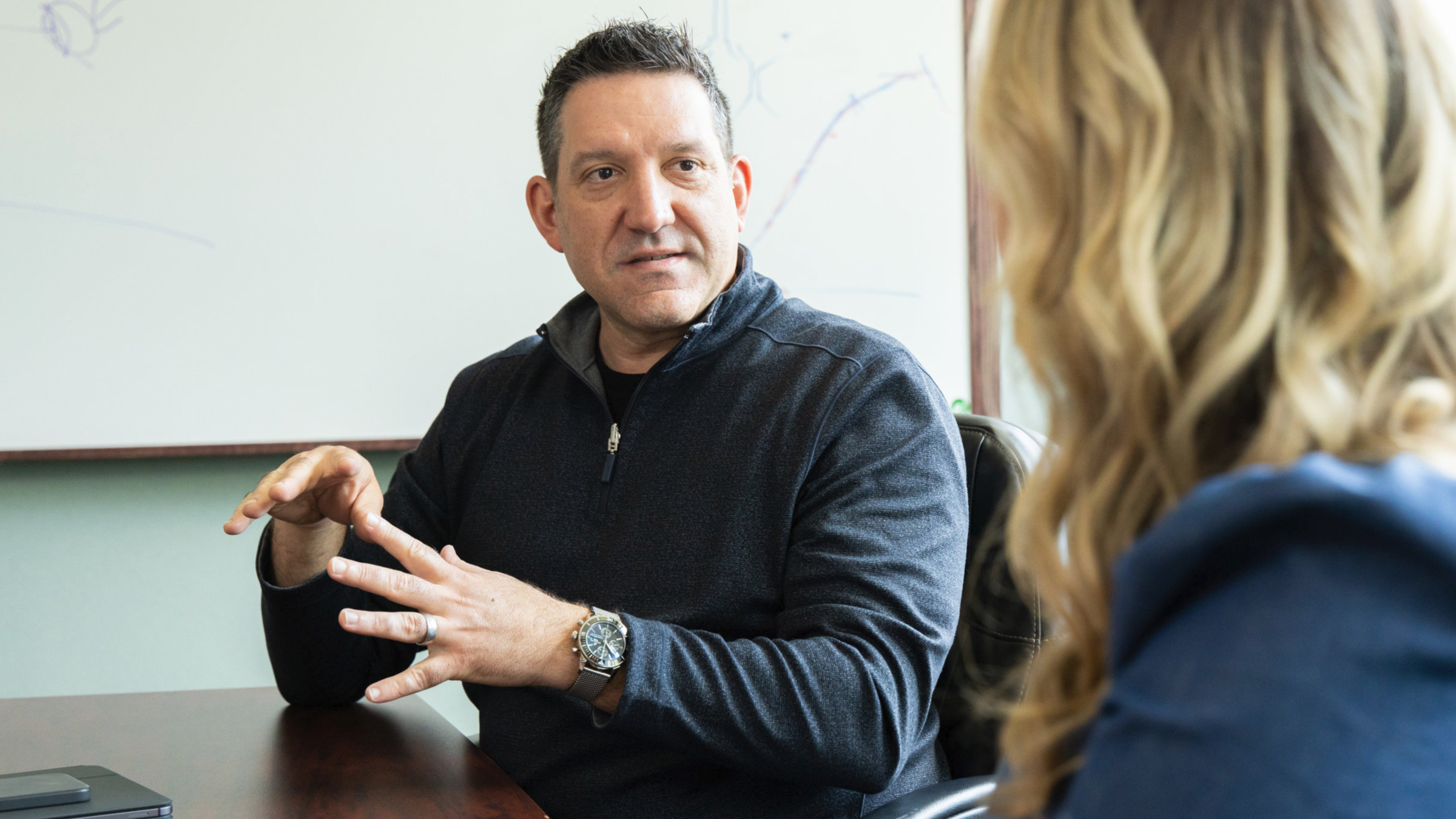
Gene therapy biotech looking to bypass viral delivery wins investor approval, bagging Series A
The viral vectors that carried the first generation of gene therapies into the clinic have proven to be a troublesome lot for a variety of reasons. And now one of the biotechs brewing new ways to circumvent those obstacles in gene therapy 2.0 has a major new funding round to fuel the work.
Code Biotherapeutics announced Tuesday that it raised $75 million via a Series A round, courtesy of a group of blue-chip investors. CEO Brian McVeigh — a GSK veteran who used to run the pharma’s BD unit — told Endpoints News that the funds will last the biotech well into 2024. And so far, there are some big plans for that funding, including pipeline and in-house manufacturing expansion, plus progressing the company’s two disease programs further in preclinical into IND-enabling studies.
Unlock this article instantly by becoming a free subscriber.
You’ll get access to free articles each month, plus you can customize what newsletters get delivered to your inbox each week, including breaking news.